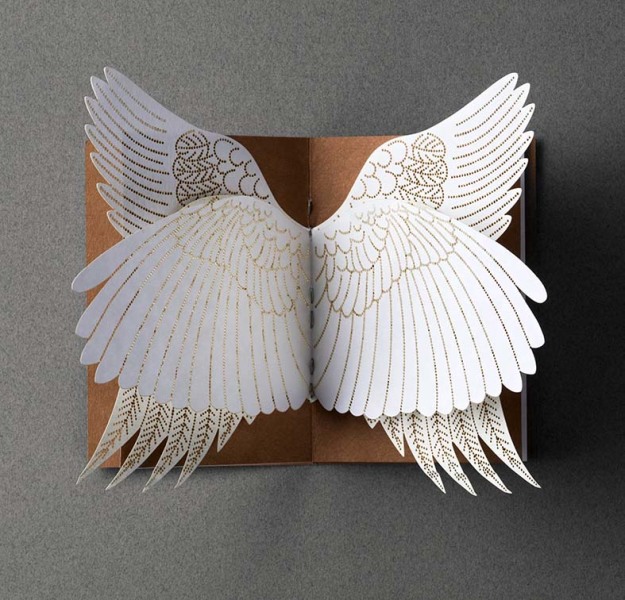- About

 Design: David Lancashire
Design: David LancashireMaterial Literacy
—Jenny GriggSTRATEGY
Wednesday 9-11.30am, 2.30-5pm
*See myTimetable for Room & TimeStudio Inquiry
How are materials significant in the ideation of graphic design? In other words, how do material properties promote invention in the design process and how can we as designers explore these qualities to interpret and communicate what we want to say.EngagementStudents will be introduced to the theories key to my research of how materials enable design ideation. These were Anni Albers (material as metaphor), Josef Albers, Juhani Pallassma, Tim Ingold, and Richard Sennett. For example one assignment tasked the students to explore Albers concept of 'minimum means maximum effect' and another Sennett's concept of re-purposing and connecting unlike domains in the conception of their own designs.This course is designed to add material literacies to your design practice to contrast and add to what you are learning about other design literacies elsewhere in the programme. In this course, you will learn about the significance of materials in design ideation. In other words, you will learn to identify how experimenting with physical materials and deciphering the manufacture of existing technologies catalyses invention in your own design practice. To focus on the capacity that materials offer communication, existing typography and visuals are banned from this class.Communication of knowledgeThe design outcomes of the 2018 Material Literacy studio were presented at a Whole of Discipline lecture (Oct 1st) and will be exhibited in the public-facing gallery of the RMIT Design Archives on Victoria Street, to coincide with the centenary of the Bauhaus in 2019. The assignments are based on principles of design ideation that you will be introduced to in this class. These include: Josef Albers concept, 'Minimum means maximum effect', Richard Sennett’s concept of 'Reformatting' and Anni Albers' essays, 'Material as metaphor' and 'Tactile Sensibility'.ActivitiesWorkshopping the designs of three design artefacts, theoretical discussions about design ideation (see pre-reading), in-class presentations of design developments and design research. Each of your designs must be conceived through physical materials however your submission can be produced as a digital animation if appropriate for the communication of your idea.AssessmentsEnvironmental communication research identifies that information is not enough to persuade people to change their behaviour. Design plays an important role by engaging people through emotion and values that drive actions. The studio draws together theory on behaviour change, interpretation design and systems thinking.Pre-ReadingThe theories for study include Josef Albers concept, 'Minimum means maximum effect', Richard Sennett's concept of 'Reformatting' and Anni Albers' essays, 'Material as metaphor' and 'Tactile Sensibility.'Studio Partner"- Pulp Magazine (London) https://pulp.fedrigoni.com/ - Fedrigoni Paper Mill - RMIT Design Archive - State Library Victoria - Members from the local paper industry: Spicers in 2018 - Industry practitioner: eg David Lancashire in 2018"Communities of PracticeDesigning Experiences, Designing the post-Digital